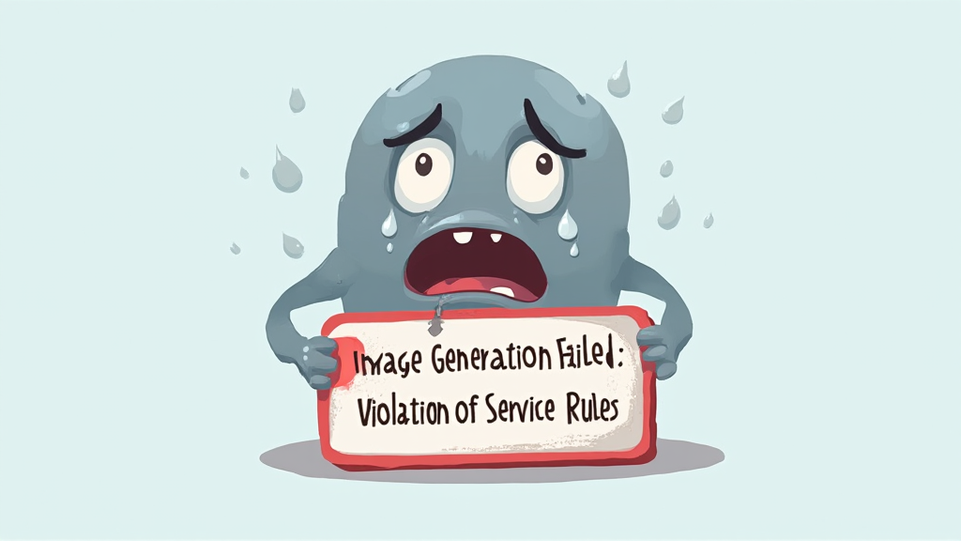Introduction to Inflation and Its Impact on Savings
Understanding Inflation: Causes and Effects
Inflation represents the rate at which the general level of prices for goods and services rises, eroding purchasing power. Consequently, as inflation increases, the real value of savings diminishes. This phenomenon compels individuals to seek alternative investment strategies. It is crucial to understand these dynamics. Savings can lose value over time.
The Historical Context of Inflatioj and Savings
Historically, inflation has fluctuated significantly, impacting savings strategies. For instance, during the 1970s, high inflation rates eroded the value of fixed-income investments. This led to a shift in how individuals approached their savings. Many sought assets that could outpace inflation. Diversification became essential. It is a prudent strategy.
The Role of Cryptocurrency in Inflationary Times
How Cryptocurrencies Can Hedge Against Inflation
Cryptocurrencies offer a decentralized alternative during inflationary periods. Their limited supply can protect against currency devaluation. This characteristic makes them appealing to investors. Many view cryptocurrencies as a store of value. They can provide a hedge against traditional market fluctuations. It is a growing trend.
Comparing Cryptocurrencies to Traditional Assets
Cryptocurrencies and traditional assets differ significantly in several aspects. For instance, cryptocurrencies are decentralized, while traditional assets often rely on central authorities. Additionally, the volatility of cryptocurrencies can present both risks and opportunities.
Key comparisons include:
These factors influence investment decisions. Understanding these differences is crucial.
Diversifying Your Investment Portfolio
The Importance of Asset Diversification
Asset diversification is essential for mitigating risk in investment portfolios. By spreading investments across various asset classes, an individual can reduce exposure to market volatility. This strategy enhances the potential for stable returns. It is a prudent approach. Diversification can protect against significant losses.
Incorporating Cryptocurrencies into Your Portfolio
Incorporating cryptocurrencies into an investment portfolio can enhance diversification. By allocating a portion of assets to digital currencies, an investor can potentially increase returns. This approach also mitigates risks associated with traditional markets. It is a strategic move. Cryptocurrencies can behave differently than stocks. Understanding this dynamic is crucial.
Stablecoins: A Safe Haven in Volatile Markets
What Are Stablecoins and How Do They Work?
Stablecoins are digital currencies pegged to stable assets, typically fiat currencies. This mechanism helps maintain price stability in volatile markets. By providing a reliable store of value, they mitigate risks associated with traditional cryptocurrencies. Many investors find them appealing. They can facilitate transactions easily. Understanding their function is essential.
Benefits and Risks of Using Stablecoins
Stablecoins offer several benefits, including price stability and liquidity. They allow for quick transactions without the volatility of traditional cryptocurrencies. However, risks exist, such as regulatory scrutiny and reliance on underlying assets. Investors must assess these factors carefully. Understanding both sides is crucial. It is a balanced approach.
Investing in Precious Metals as a Hedge
Gold and Silver: Traditional Inflation Hedges
Gold and silver serve as traditional hedges against inflation. Their intrinsic value often increases during economic uncertainty. Investors typically turn to these precious metals to preserve wealth. They can provide a safeguard against currency devaluation. Understanding their historical performance is essential. It is a time-tested strategy.
Combining Precious Metals with Cryptocurrency
Combining precious metals with cryptocurrency can enhance portfolio diversification. This strategy leverages the stability of metals and the growth potential of digital assets. By allocating resources to both, an investor can mitigate risks. Understanding market dynamics is crucial. It can lead to informed decisions.
Real Estate Investments: A Tangible Asset Approach
Why Real Estate Can Protect Against Inflation
Real estate often serves as a hedge against inflation due to its tangible nature. Property values typically increase over time, reflecting rising costs. Additionally, rental income can adjust with inflation, providing a steady cash flow. This makes real estate an attractive investment. Understanding market trends is indispensable. It can lead to better investment choices.
Integrating Real Estate with Cryptocurrency Investments
Integrating real estate with cryptocurrency investments can enhance portfolio resilience. This combination allows for diversification across asset classes. Real estate provides stability, while cryptocurrencies offer growth potential. Investors can leverage both for optimal returns. Understanding market dynamics is vital. It is a strategic approach.
Building an Emergency Fund in a High-Inflation Environment
Strategies for Creating a Robust Emergency Fund
Creating a robust emergency fund is essential in a high-inflation environment. Individuals should aim to save three to six months’ worth of expenses. This strategy provides a financial buffer against unexpected costs. Regular contributions can help achieve this goal. It is a disciplined approach. Understanding inflation’s impact is crucial.
Using Cryptocurrency for Liquidity and Accessibility
Cryptocurrency offers enhanced liquidity and accessibility for emergency funds. By converting digital assets into cash quickly, individuals can respond to urgent financial needs. This flexibility is particularly valuable in high-inflation environments. He can access funds anytime. Understanding transaction fees is important. It can affect overall liquidity.
Conclusion: Taking Action to Protect Your Savings
Summarizing Key Strategies for Inflation Protection
To protect savings from inflation, individuals should consider diverse strategies. Investing in assets like real estate and precious metals can provide stability. Additionally, incorporating cryptocurrencies may enhance growth potential. Regularly reviewing and adjusting the portfolio is essential. It is a proactive approach. Understanding market conditions is vital.
Encouraging Proactive Financial Management
Proactive financial management is essential for long-term stability. By regularly assessing financial goals, individuals can make informed decisions. This approach allows for timely adjustments to investment strategies. It is a disciplined practice. Understanding market trends enhances decision-making. Knowledge is power in finance.
